Ising gestalts
Auditory scene analysis, on the one hand, studies
emergent features of sound, so-called gestalts. On the other
hand, the Ising model shows emergent behavior at the
critical temperature, as clusters appear at all scales. Thus, we used perceptual
grouping for displaying critical behavior, the number of
clusters within cluster bins. This approach demands more pre-processing
than the previous ones but is interesting for its metaphoric content.
Spin models describe macroscopic properties of materials (e.g., ferro-magnetism) by microscopic interactions between single elements of the material. The basic idea of spin models is to study the behavior of a complex system mirroring a real compound in a controlled way.
The Ising model is one of the oldest statistical spin models, modeling the behavior of a ferro-magnet. It is simple to implement but shows the same characteristic as more complex models. The physicist E. Ising assumed around 1925, that a ferro-magnet consists of simple atoms on a quadratic lattice.
In the numeric model, at each lattice point an "atom" is located with a spin that can point in 2 possible directions (spin up or down). In the computation, on the one hand, neighboring spins try to align to each other, which is energetically more favorable. On the other hand, an overall temperature T causes random spin flips. At a critical T this process is undecided and there are clusters of spins on all orders of magnitude.
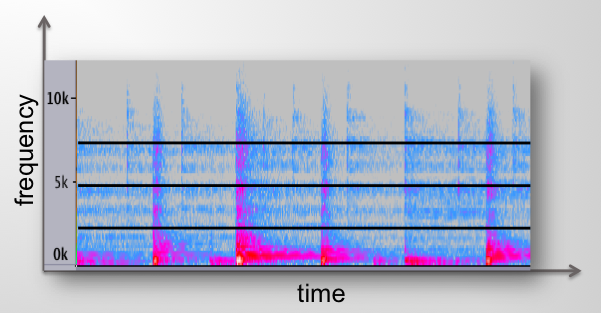
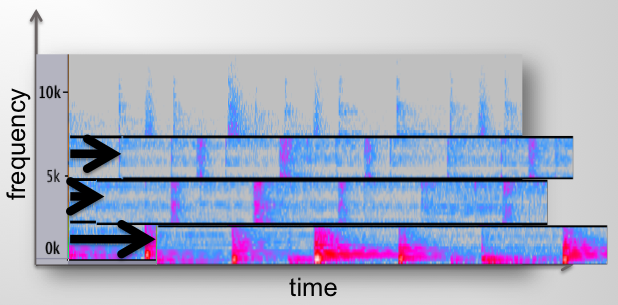
The sonification makes use of gestalt perception: for a whole sound,
its constituting frequencies have to be played at the same time (the law of
common fate, e.g., helps the brain to group frequencies that start at the same time
or end simultaneously). On the other hand side, the main feature of the Ising model
is the behaviour of its (big and small) clusters. Thus we mapped cluster-size with
frequency bin, and the distribution of the clusters to the timing of the bins.
The sonification also works for fine differences around the phase transition, but the following examples show the extrem cases.
The sound file is Nobel prize loreate Frank Wilczek explaining the basic interactions in physics.
At very low temperature, one cluster forms, and only low frequencies are let through.
At very high temperature, the model fluctuates strongly and clusters are very small.
Thus all low frequencies are filtered out.
Only at the critical point of the phase transition, all cluster sizes can be found. And only here all frequency components are played at original amplitude and they start together.
A detailed description can be found at publications .

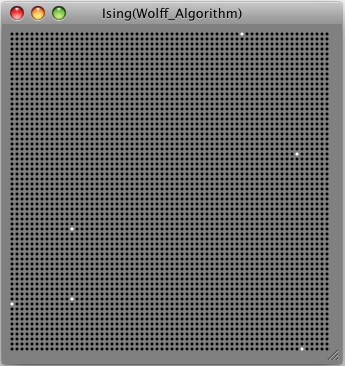
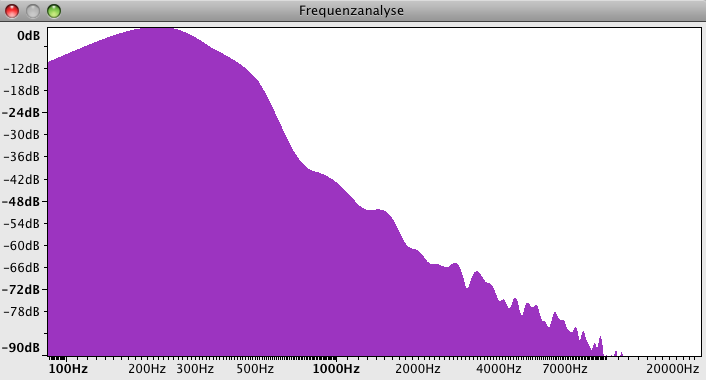
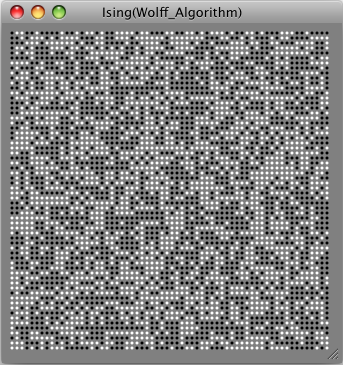
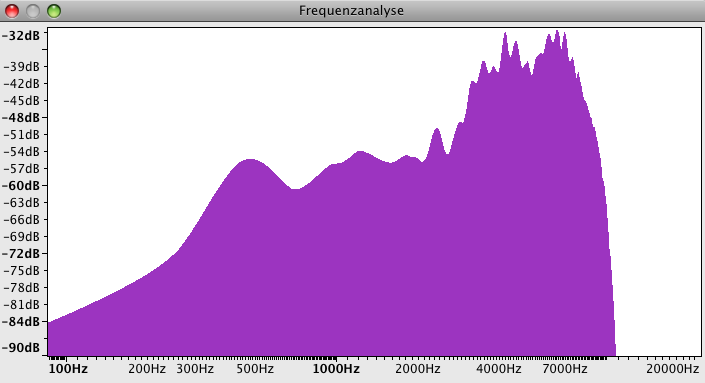
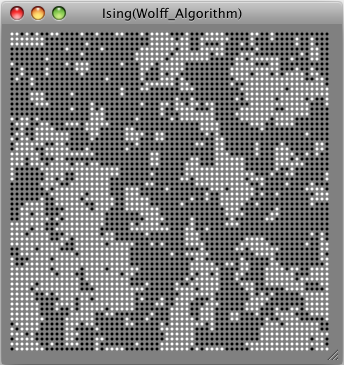
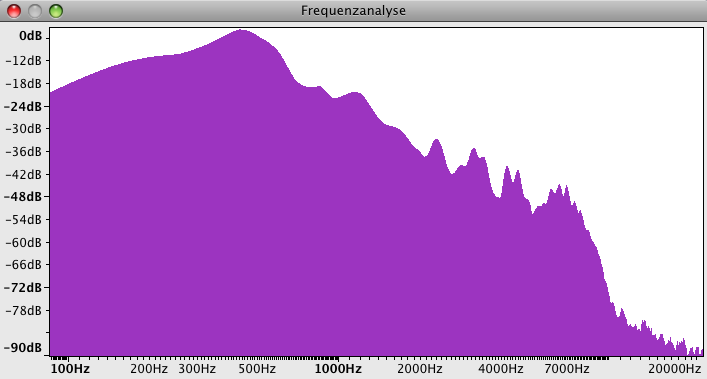
 Previous:
Ising grain cloud
Previous:
Ising grain cloud

